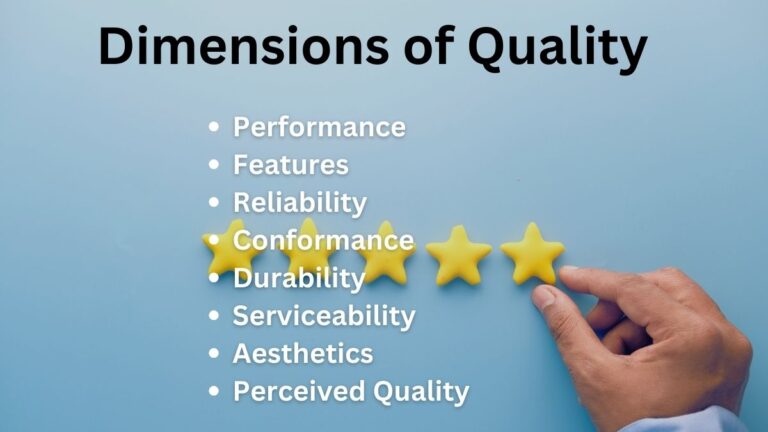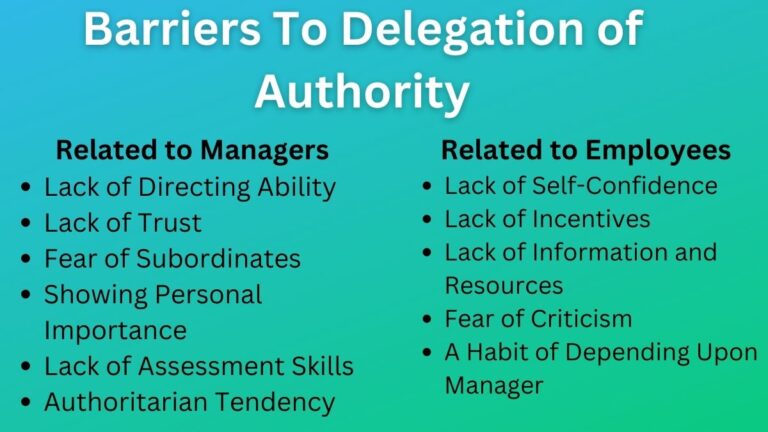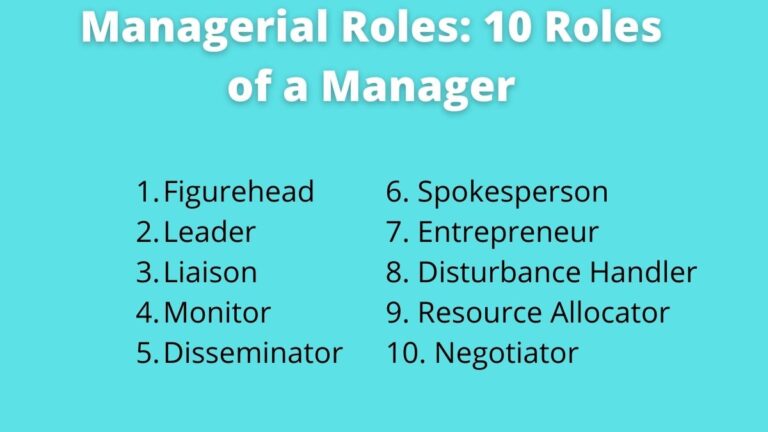What is Resistance to Change? Definition, Types, Causes, and Ways To Overcome
What is Resistance To Change?
When people i.e. employees opposed to changes presented by the organization it is called resistance to change. Such opposing behaviors of employees bring difficulty in implementing change in the organization.
Employees usually, oppose changes in two ways. One is through the overt way by showing immediate actions to the change and the second is through a covert way which is more subtle and difficult to recognize.
Change is necessary for organizational settings. Most successful organizations embrace change. Changing one of the organization’s settings is necessary to go along with changing the business environment.
Employees resist change because of two reasons – one is because of their personal reasons and the second is because of the organization. Overcoming these reasons for resistance is significant for every manager to do to initiate organizational change effectively and efficiently.
Types of Resistance To Change
Resistance to change can be mainly seen in two forms, they are overt and covert.
Overt Resistance To Change
It is also called immediate resistance to change. It is easy to recognize and solve in the workplace. Under this, employees resist changes initiated by the organization through activities like voice complaints, threats to strike, work slowdown, etc. which can be easily seen.
Covert Resistance To Change
It is hidden in nature. Managers can not easily recognize when employees become reluctant to change through this covert resistance. Such covert resistance includes the low motivation of employees at work, increased errors, absenteeism due to sickness, etc.
Read Also: Forces of Change in Organization
Causes of Resistance To Change
There are mainly two causes of resistance to change in the organization. They:
Individual Reasons
Individuals or employees are opposed to changes because of their personal perceptions, personalities, and needs. To each individual, the resistance reasons would be different. However, the common reasons for individual resistance are mentioned below:
- Fear of Unknown – At first employees resist change because they are unaware of what the change will bring.
- Habit – Employees are habituated to their previous or existing working system and do not feel comfortable while changing it.
- Fear of Job Security – People feel fear that the new change will threaten their job security.
- Fear of Failure – Employees also fear that they will not meet the requirement/expectation of new change and resist it.
Organizational Reasons
The organization itself is also a reason that prevents changes to take place appropriately. Organizational resistance causes businesses to become rigid and unwilling to change in response to external or internal pressures. The common causes of organizational resistance are mentioned below:
- Organizational Structure – Bureaucratic institutions that have well-defined roles, defined lines of power, and a focus on information flow from top to bottom frequently resist change. Also, as there are many interconnected subsystems that makeup organizations, changing one will inevitably influence the others.
- Threat To Power – Top managers typically oppose change because they see it as a challenge to their position of authority and influence within the company.
- Group Inertia – Sometimes people resist change because the group they are a part of does. How devoted a member is to the group and how successfully the group resists the change will determine the intensity and force of resistance.
- Lack of Resources – Change adoption and implementation require resources. When organizations lack the necessary resources to successfully implement change, it becomes a constraint to change.
Overcoming Resistance To Change
Change in organizational operations is essential in today’s open and competitive market. An organization that does not think change is necessary to be successful will not last long.
Managers must be thoughtful while introducing and implementing change in the organization. The above-mentioned are some of the reasons that explain why people resist change. Using the following strategies you can implement change in the workplace.
- First, inform what this change is and why it is taking place.
- Communicate adequately and frequently
- Provide training on change implementation.
- Promote teamwork.
- Increase participation of employees while deciding about change.
- Support your employees during the change process, etc.
Last but not least, make your employees believe that change is inevitable and that what you can do about it is work through it.
Read Next: Strategies To Overcome Resistance To Change
Sajan Kushmi is a content writer with more than 4 years of experience. He holds BIM Degree. He write on the topics related to Management, Marketing, and Entrepreneurship.






